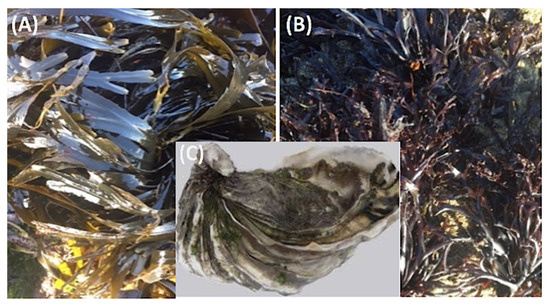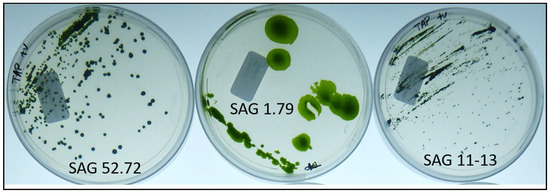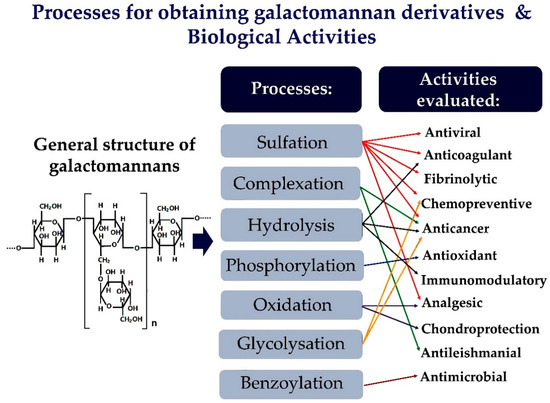Bioactive Polysaccharides
A topical collection in Polysaccharides (ISSN 2673-4176).
Viewed by 20720Editor
2. Clermont Auvergne INP, CNRS, Institut Pascal, Université Clermont Auvergne, 63000 Clermont-Ferrand, France
Interests: biomaterials; polymers; polysaccharides; nanomaterials
Special Issues, Collections and Topics in MDPI journals
Topical Collection Information
Dear Colleagues,
For many decades already, polysaccharides have fascinated scientists from all over the world. In the biopolymers family, polysaccharides are without a doubt the most complex and varied biomolecules from a structural and application point of view. In fact, as largely described, depending on biotope (microbial, plant, animal, macro-, and microalgal), polysaccharides can be described as high-molecular-weight (HMW) or low-molecular-weight (LMW) linear and/or substituted and/or branched polymers. Therefore, due to this high structural diversity, it is important to study the biological properties of polysaccharides from many existing and unexplored biotopes in a relationship between chemical structure and biological function in order to discover new pharmaceutical biobased molecules.
This first topical collection of Polysaccharides aims to explore all bioactive potentialities of characterized polysaccharides and derivatives extracted from all existing biotopes and biomasses from plants, animals, microbials/bacterials, and macro- and microalgals.
Consequently, as Collection Editor, I invite all scientists working on polysaccharides to contribute to this Polysaccharides collection on “Bioactives Polysaccharides” by submitting original research and review articles describing structural and bioactives polysaccharides and derivatives (hydrogels, grafting polysaccharides, oligosaccharides, etc.) from physico-chemical and/or enzymatical processes. In this topical collection, articles on polysaccharides’ biological mechanism of action are mostly welcome.
Dr. Cédric Delattre
Collection Editor
Manuscript Submission Information
Manuscripts should be submitted online at www.mdpi.com by registering and logging in to this website. Once you are registered, click here to go to the submission form. Manuscripts can be submitted until the deadline. All submissions that pass pre-check are peer-reviewed. Accepted papers will be published continuously in the journal (as soon as accepted) and will be listed together on the collection website. Research articles, review articles as well as short communications are invited. For planned papers, a title and short abstract (about 100 words) can be sent to the Editorial Office for announcement on this website.
Submitted manuscripts should not have been published previously, nor be under consideration for publication elsewhere (except conference proceedings papers). All manuscripts are thoroughly refereed through a single-blind peer-review process. A guide for authors and other relevant information for submission of manuscripts is available on the Instructions for Authors page. Polysaccharides is an international peer-reviewed open access quarterly journal published by MDPI.
Please visit the Instructions for Authors page before submitting a manuscript. The Article Processing Charge (APC) for publication in this open access journal is 1000 CHF (Swiss Francs). Submitted papers should be well formatted and use good English. Authors may use MDPI's English editing service prior to publication or during author revisions.
Keywords
- polysaccharides
- oligosaccharides
- physico-chemical characterization
- biological activities
- biomaterial
- hydrogel
- polysaccharides-based material
- macro- and microalgae
- plant
- bacterial














